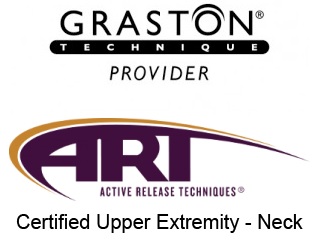Neuromuscular Re-education
Neuromuscular Re-Education consists of training (or re-training) your muscles, your brain, and the nerves used for them to communicate with each other to improve movement, strength, balance and function.
Re-education represents a series of therapeutic techniques to restore normal function of nerves and muscles, to include movement, balance, coordination, decreased kinesthetic sense, and impaired proprioception.
Exercises for neuromuscular reeducation are part of a therapeutic technique that addresses various adverse conditions that arise from faulty nerve and muscle activities. According to Peter Levy, D.C., more than 90 percent of the soft tissue injuries that chiropractic professionals encounter can benefit from neuromuscular reeducation exercises. The exercises are particularly beneficial for unhealthy movement patterns that persist after injuries. For example, patients sometimes continue limping months after a hip or leg problem is eliminated.
Deals with retraining the brain and its connection to the spinal cord and muscles in voluntary and reflex motor activities. Basic principles of neuromuscular physiology are applied clinically in the treatment of muscle re-education and rehabilitation. Physiological principles of both the muscular system and the nervous system are utilized, but more particularly the latter.

